University Psychology Assignment: Visual Arts Exploration and Learning
VerifiedAdded on 2023/04/08
|7
|645
|107
Homework Assignment
AI Summary
This psychology assignment explores the use of visual arts as a tool for learning and development in children. It focuses on the concept of provocations, which are experiences designed to stimulate children's interest and ideas. The assignment discusses the benefits of hands-on activities in developing cognitive skills and fostering creativity, curiosity, and self-expression. It examines how visual arts can be used to develop fine motor skills and cognitive growth in toddlers, highlighting the importance of creating a supportive learning environment with diverse materials and resources. The assignment also considers specialist techniques and the role of the educator in facilitating visual arts activities. The student's perspective on hands-on versus hands-off approaches is also discussed, with a preference for hands-on activities to activate multiple areas of the brain and enhance learning. References to relevant literature are also provided.
1 out of 7
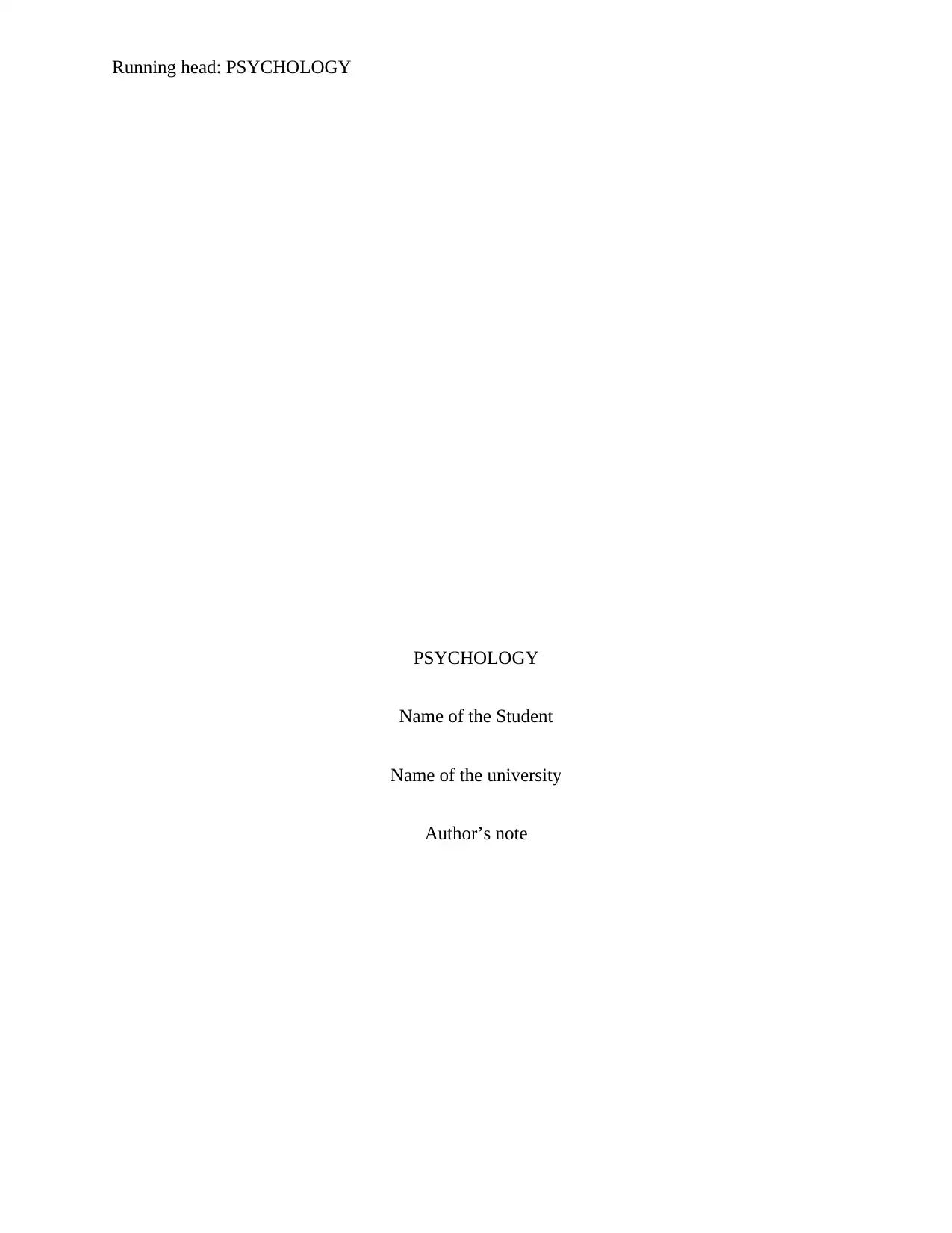
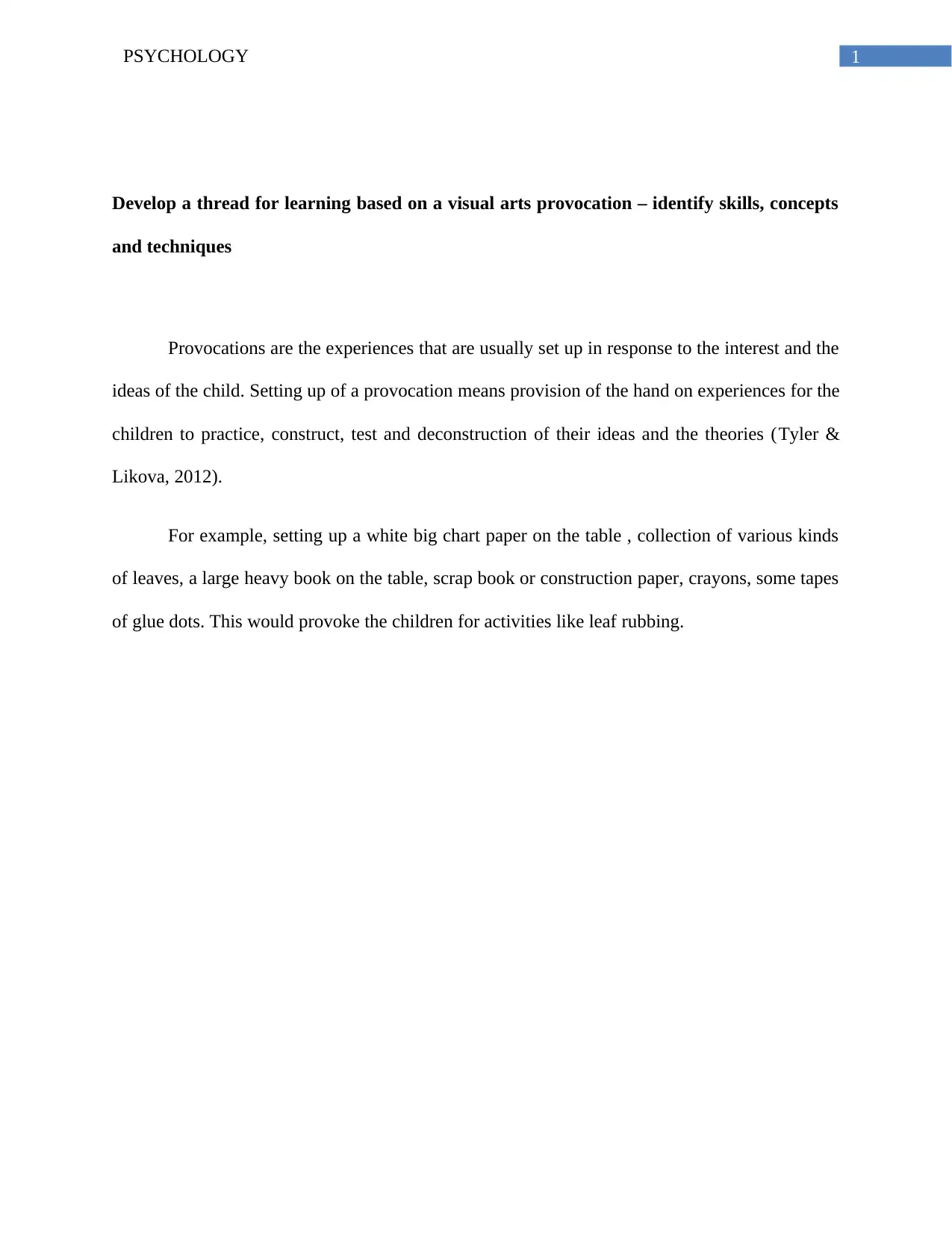
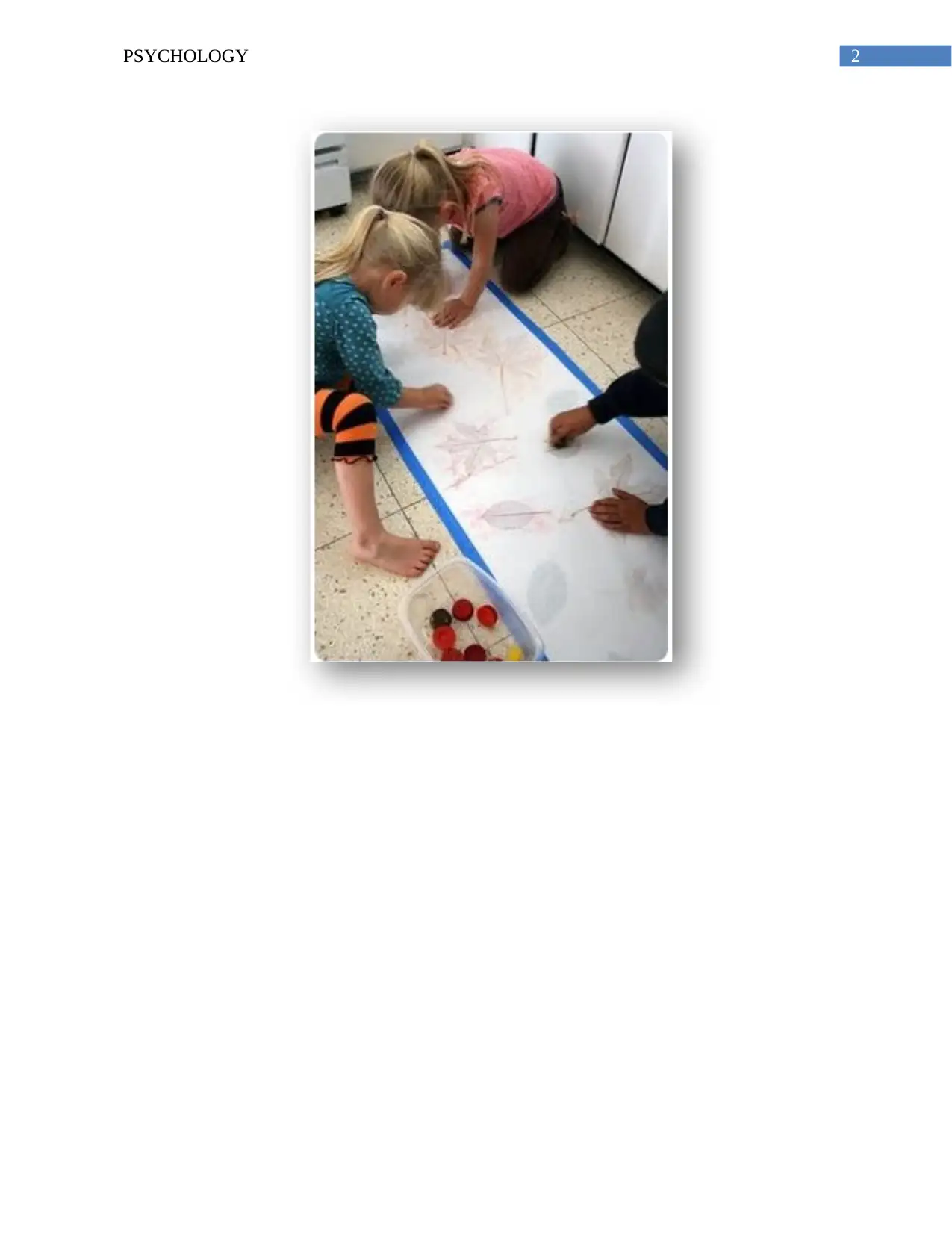

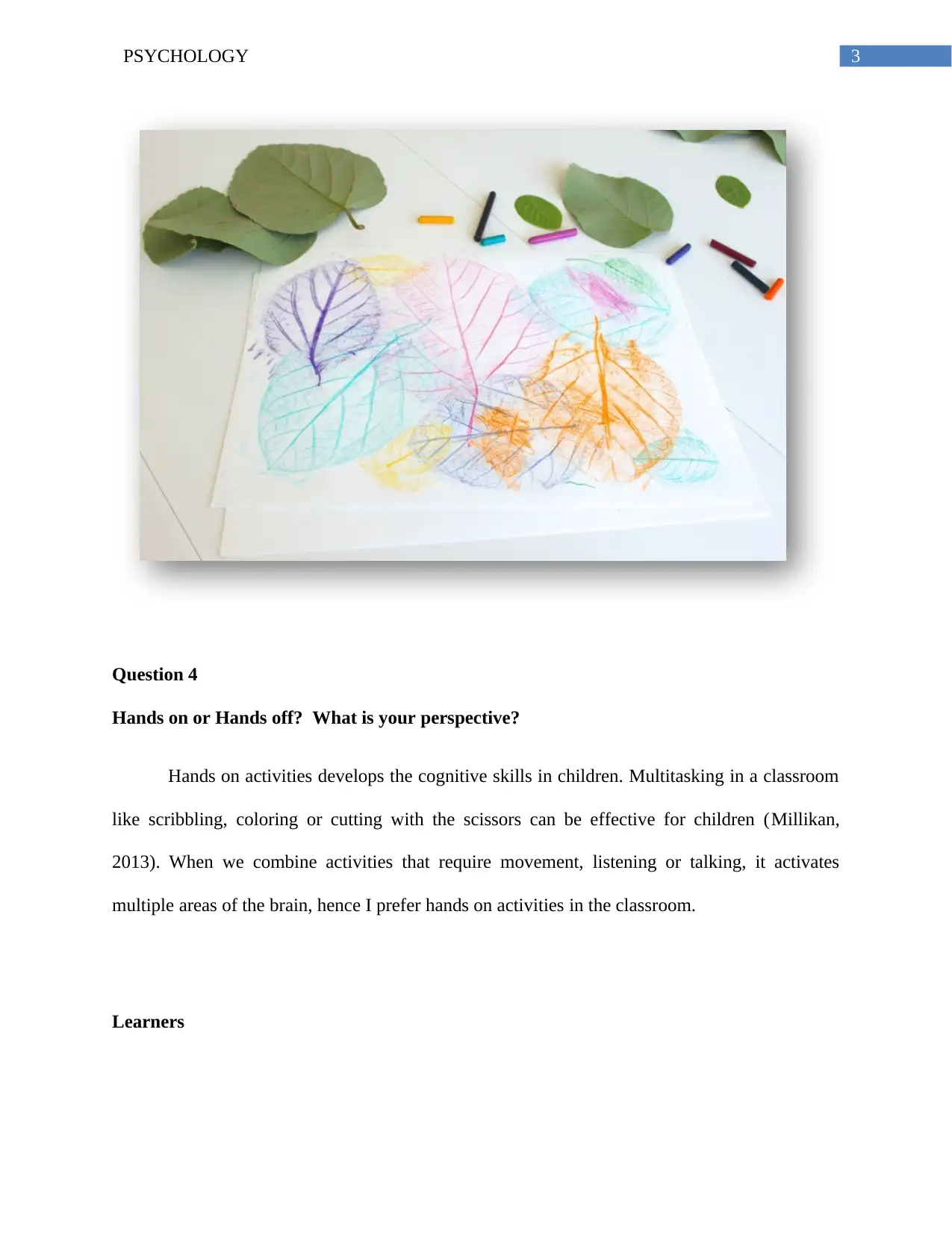
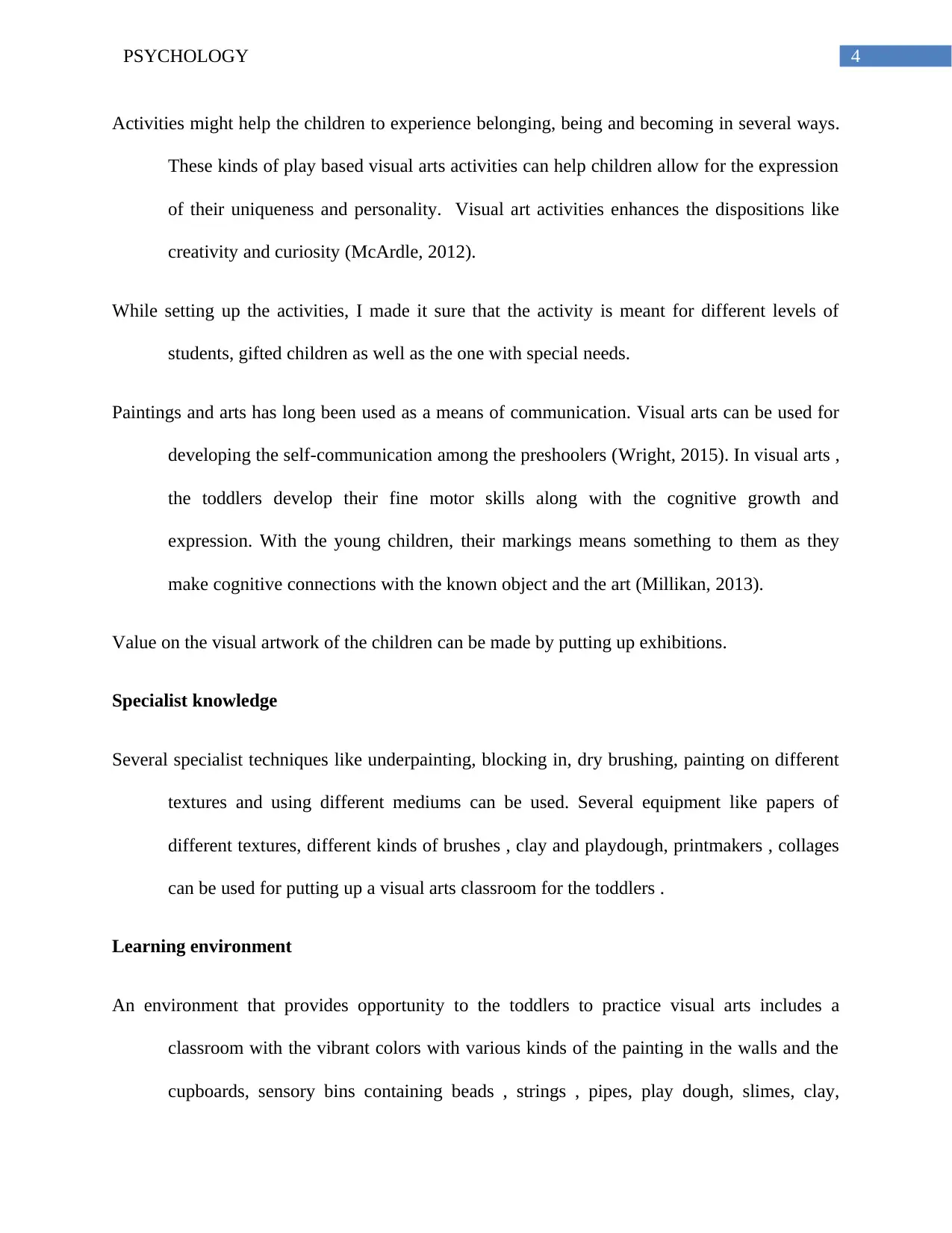
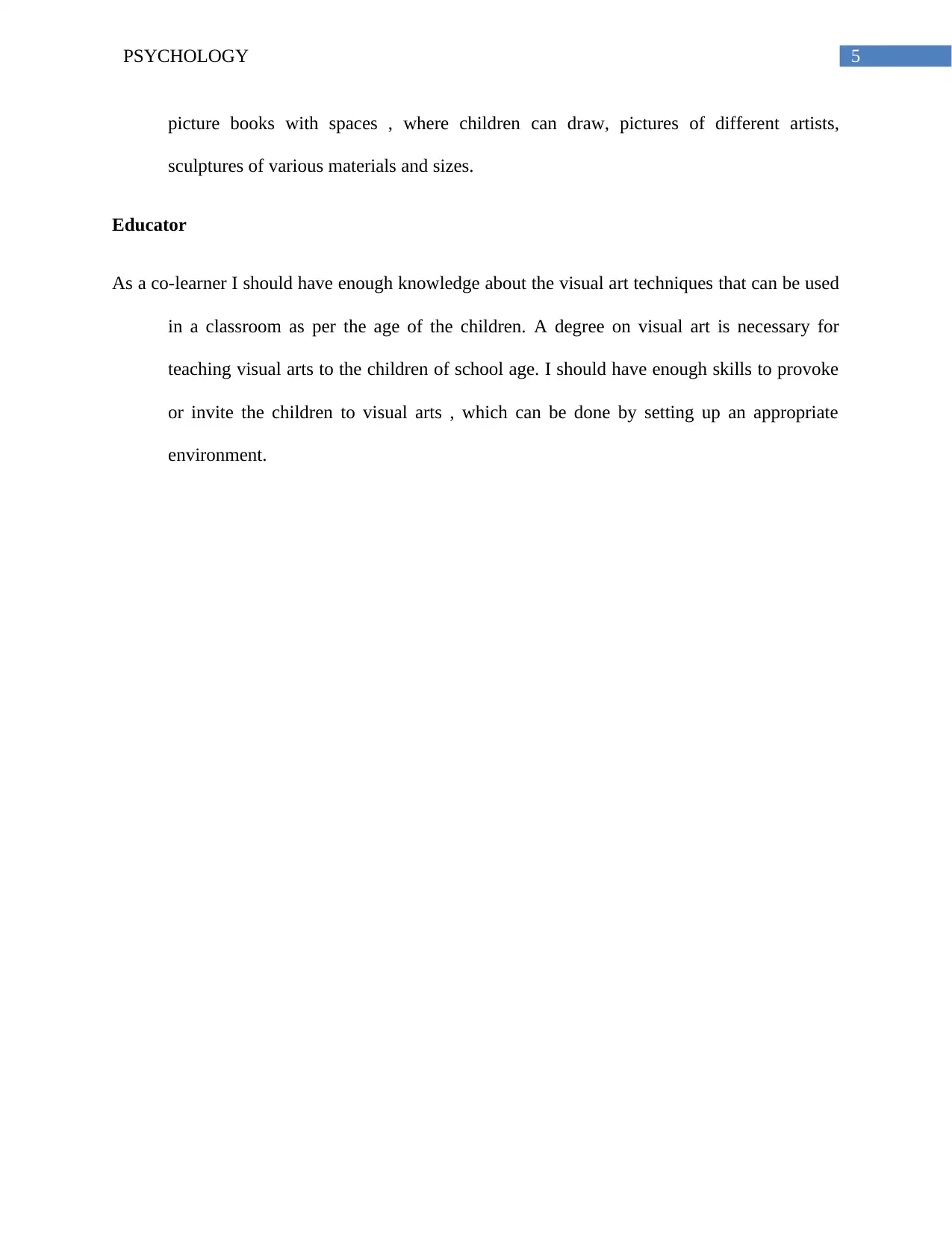
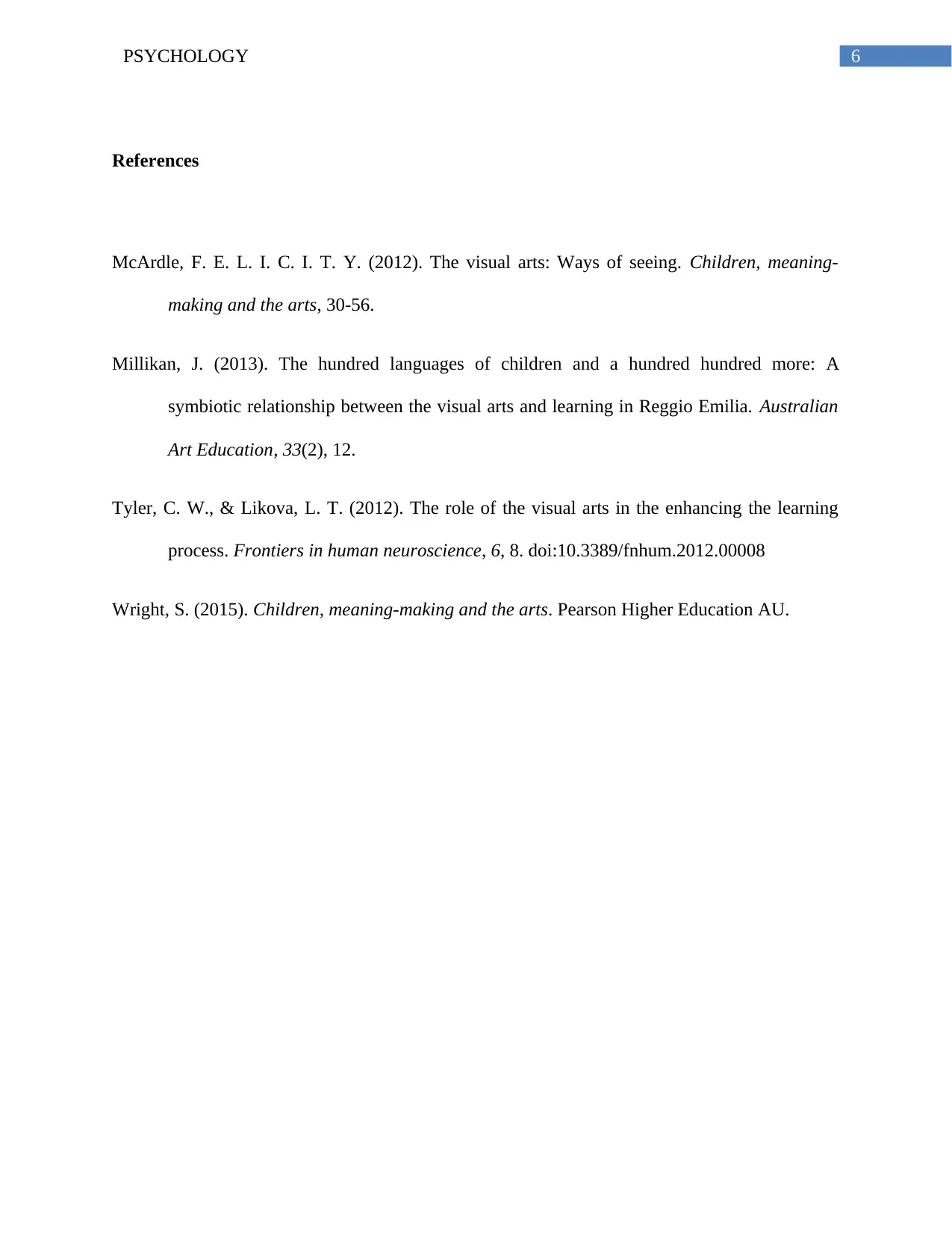





![[object Object]](/_next/static/media/star-bottom.7253800d.svg)